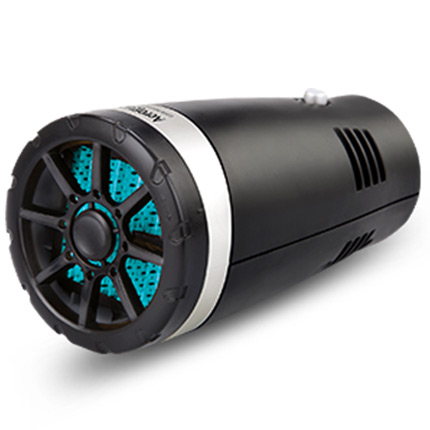Understanding the Importance and Function of Handbrake Cables in Vehicles
Understanding Handbrake Cables Importance, Function, and Maintenance
Handbrake cables play a crucial role in the overall braking system of a vehicle, particularly for manual transmission cars where they provide a mechanism to secure the vehicle when parked. Understanding how they function, their importance, and how to maintain them is essential for every vehicle owner.
The Function of Handbrake Cables
The primary function of handbrake cables is to link the handbrake lever, typically located between the front seats, to the rear brake mechanism. When the lever is pulled, the cable tightens and engages the rear brakes, preventing the vehicle from rolling. Most vehicles utilize a system of two cables—one for each rear brake. This configuration ensures that the vehicle is evenly secured, enhancing safety.
Modern vehicles might employ a different approach with electronic handbrakes, but the traditional cable system remains widespread, particularly in older models. These cables are designed to withstand significant tension while allowing for a manageable amount of slack to facilitate smooth operation.
Importance of Handbrake Cables
The importance of handbrake cables cannot be overstated. They are integral to the safe operation of a vehicle, especially on inclined surfaces where the risk of rolling is heightened. A malfunctioning handbrake cable can lead to serious safety hazards, potentially causing the car to roll away. This could result not only in damage to the vehicle but also pose significant risk to pedestrians and other vehicles.
In addition to safety, well-functioning handbrake cables contribute to the vehicle's ease of use. A properly adjusted handbrake should allow the driver to keep the car stationary with minimal effort. If the handbrake feels loose or requires excessive pulling, it indicates that the cables may need adjustment or replacement.
Signs of Worn or Damaged Handbrake Cables
Vehicle owners should remain vigilant for signs that their handbrake cables may be in poor condition
. Common indicators include1. Difficulty Engaging the Handbrake If it takes more force than usual to pull the handbrake lever, it might be time to inspect the cables for wear or damage.
handbrake cables

2. Increased Travel Distance If the handbrake lever pulls up significantly higher than normal before engaging, the cable may be stretched or frayed.
3. Unusual Noises Any grinding or squeaking noises when the handbrake is applied could suggest that the cables are snagging or binding.
4. Non-Responsive Handbrake If the handbrake does not hold the vehicle steady when engaged, this is a clear sign of malfunction that requires immediate attention.
Maintenance Tips
To ensure the longevity and reliability of handbrake cables, regular maintenance is essential. Here are some tips
- Routine Inspections Regularly check the condition of the handbrake cables during car maintenance services. Look for fraying, rust, or any signs of wear.
- Proper Adjustment Ensure that the handbrake is correctly adjusted for optimal tightness without being overly tight.
- Lubrication Periodically lubricate the cables to prevent rust and ensure smooth operation, particularly in regions with harsh weather conditions.
- Replacement If cables are found to be damaged or worn, they should be replaced promptly to maintain the safety and functionality of the vehicle.
Conclusion
Handbrake cables are vital components of a vehicle's braking system that contribute significantly to safety and usability. Regular maintenance and awareness of their condition can help prevent dangerous situations and ensure that the vehicle remains secure when parked. By staying informed and proactive about handbrake cable care, vehicle owners can safeguard their safety and prolong the life of their car’s braking system.
-
Upgrade Your Vehicle with High-Quality Handbrake CablesNewsNov.01,2024
-
Optimize Your Bike's Performance with Quality CablesNewsNov.01,2024
-
Enhance Your Vehicle's Performance with Quality Clutch ComponentsNewsNov.01,2024
-
Elevate Your Vehicle's Performance with Quality Throttle CablesNewsNov.01,2024
-
Elevate Your Vehicle's Performance with Quality CablesNewsNov.01,2024
-
Affordable Solutions for Your Cable NeedsNewsNov.01,2024
